Last Updated on August 5, 2021
PLOT: 500 years after humans and dragons lived in peace together, a disastrous force, Druun, tore the land of Kumandra apart, sowing division and conflict. After Druun's return, young warrior Raya sets out on a quest to find the last dragon and bring about the monster's destruction once and for all.
REVIEW: Looking back on the catalog of Disney animated movies there are no shortages of grand adventures and sweeping action – often brought to life with incredible music and animation. Over the years they seem to only get bigger and bigger in scope. But with Raya and the Last Dragon, I watched what will likely remain the first movie from their pantheon to come to my mind in association with the word “epic.” The landscapes the story takes us to are diverse and vast; the animation is stunning and pushes the boundaries for how computer animation will look in the future; the action is kinetic, tense, and inspired by Westerns, samurai films, and treasure-hunting adventures; the music is stupendous and; the cast of characters are rich, layered, and easily capable of pulling you into the human drama and themes at the story’s core. It’s the animation house’s biggest movie yet, and it more than lives up to the expectations.
Its look and cultural roots inspired by the various cultures from Southeast Asia (Laos, Thailand, Cambodia, Vietnam, Myanmar, Malaysia, Indonesia, and the Philippines), Raya is set in the mythical land of Kumandra, which at one point featured humans and serpentine dragons living together, harmoniously. But after the arrival of some purple smoke-light-goo, Druun, the dragons were turned to stone, and the humans split the land apart over greed for the Dragon Gem left over by the heroic dragon Sisu – developing centuries-worth of mistrust. Six years after a cataclysmic return of Druun that left her father (Daniel Dae Kim), and many others, encased in stone and leaving the jewel shattered into pieces, Raya (Kelly Marie Tran) takes the path of the nomadic warrior in search of the pieces of stone, in hopes of bringing her father back. Okay, I know that kind of sort of sounds like the very plot of Avengers: Endgame, but because so much of Raya’s own fundamentals are done so right I didn't even care.

For starters, it’s so easy to be swept up in the gorgeous world of Kumandra – or rather – the land as it exists now after being divided into five parts (Tail, Talon, Spine, Fang, and Heart, the latter where Raya is from). The rich detail, vibrant colors, and deep shadows on display in the recent Frozen II, and given even more staggering realism in Pixar’s Soul, are even more bountiful here. From the land of plenty in Heart, the endless dessert of Tail, and to the bustling city in Talon, there's so much eye candy here brimming with awe-inspiring natural landscapes and intricate character designs. There’s so much to admire in every frame, as human characters are capable of subtle facial movements that bring them that much more to life. The inching closer and closer to full realism may get unnerving to some as this technology develops, but for now, it feels just the right mixture of familiar and ground-breaking.
Venturing across these lands with her trusty, giant armadillo-pill bug-mix, Tuk Tuk (adorably voiced by Alan Tudyk), and her father’s trusty, incredibly badass sword, Raya is a hero that lives up to the adventure she’s leading. She’s become fearless during her years as a nomadic warrior, and while she’s also charming and easy to root for, she’s richly complex and flawed, herself a victim to the widespread mistrust of other humans that can make her own actions seem selfish. Directors Don Hall and Carlos López Estrada (taking over for Paul Briggs and Dean Wellins), ensure that no matter how stunning the world around her, Raya remains the most commanding force in any scene, focusing on her intensity and moments of humanity. Doing excellent work in the voice role, Tran lives up to Raya’s confidence with boundless energy and a sense of humor to match her wry looks and grins, not to mention landing some spot-on action movie one-liners. But there's also a lot of anger and pain in her Raya, giving the character plenty of dimension and making her a hero worth following.
Alongside her are a series of strong supporting characters, like the rejuvenated Sisu, voiced by Awkwafina. The character can be a little much at first, dropping funny observations here and there like she’s practicing for a set at the Comedy Cellar. But the more she’s with Raya the more Sisu becomes a sort of foil to her, and an ever-positive tether that keeps a sense of hope alive in her. Awkwafina does some fine work that once again proves how she can easily move from fast-paced humor to introspective drama. As the movie’s “villain” (aside from purple goo), is Namaari (Gemma Chan), Raya’s childhood rival and source of her mistrust. Wanting to retrieve pieces of the Gem to bring prosperity to Fang, she too is conflicted about what she really thinks is best for her people. Her and Raya get some thrilling one-on-one bouts, throwing down martial arts moves, the moments before which make for some of the movie’s most striking moments.
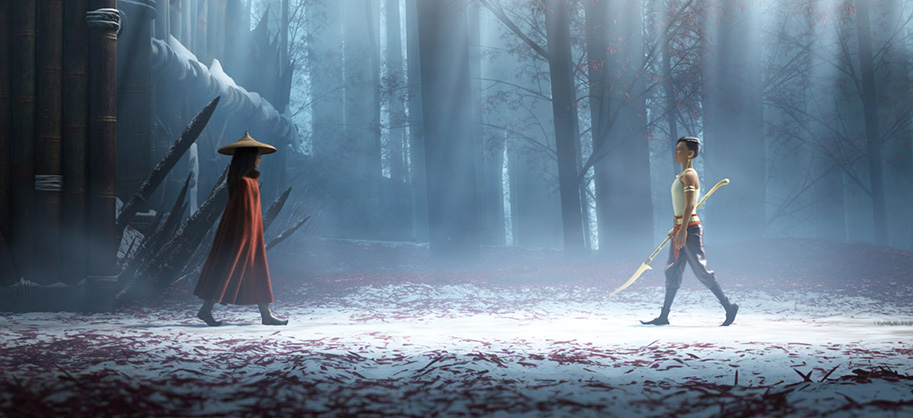
Of course, being a Disney movie meant to sell toys as much as movie tickets (and subscription fees), there are a bounty of colorful characters meant to bring nothing but joy and humor. They don’t stray far from the typical cuddly supporting players you may see in any other Disney movies, but in a move from writers Qui Nguyen and Adele Lim, they don’t feel there to simply be goofy. By the end, Raya’s team – a young, smoothing-talking shrimp restauranter (Izaac Wang), a “con baby” (Thalia Tran) and her trio of helper monkeys, and a hulking warrior (some hilarious work by Benedict Wong) – all come from one of the different lands, all contributing to the notion of putting aside grievances, greed and years of sowed mistrust for the good of humanity – and because hate gets you nowhere. They all have a place, being together, and by the end the message of unity feels so rewarding and well-executed (even if the finale has a little too much of a resemblance to Guardians of the Galaxy). This is particularly powerful in the dynamic of Raya, Namaari, and Sisu – all of whom together explore the follies of division and how it brews mistrust, which is so relevant today and worthwhile for young ones to learn lessons from (and adults, while we're at it).
On the surface, Raya and the Last Dragon has all the modern hallmarks of a Disney adventure story with a badass leading hero, brought to life with dazzling animation, spectacle, and a terrific James Newton Howard score I didn't even get into as much as I should've (it rules). As was done with Moana years back, there is a rich sense of culture that permeates the movie’s mythos and soul, giving viewers of Southeast Asian heritage characters they can see themselves in, and other viewers a whole new world to feel inspired by. But beneath the wonder and amazement is a rewarding story that doesn’t shy away from it’s more challenging aspects, leaning a bit more into darkness (and even violence) than Disney Animation often cares to go. Even the most familiar (possibly worn out, for some), aspects shine with their own uniqueness – and blend that with everything else here that’s bold and exciting – the filmmakers of Raya and the Last Dragon have delivered Disney their most captivating animated movie in ages.







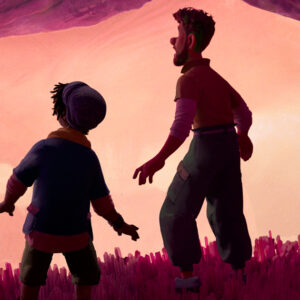
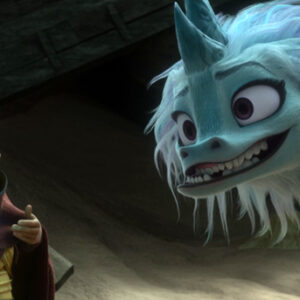
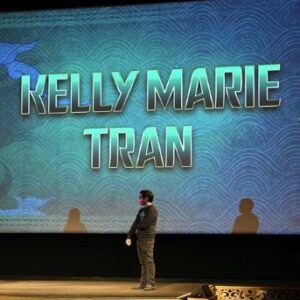
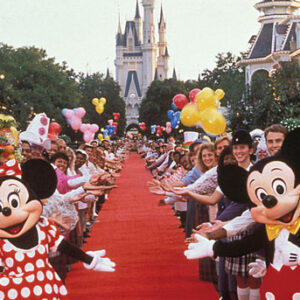

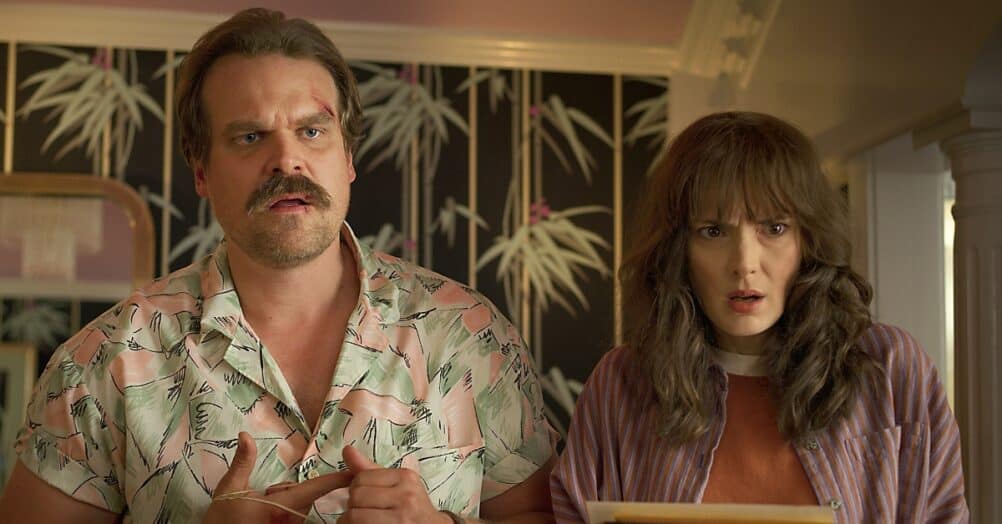


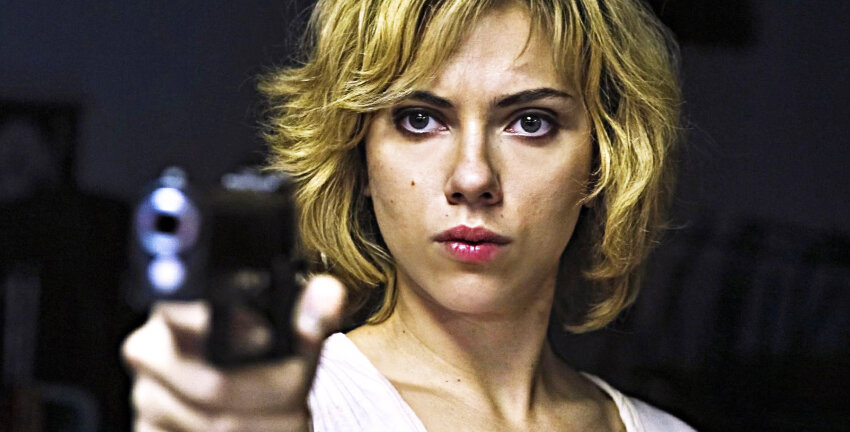
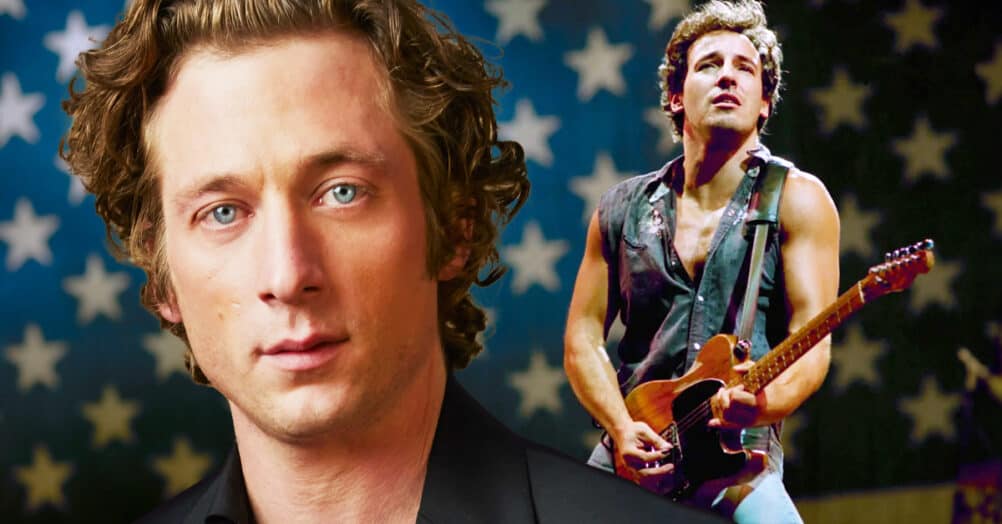




Follow the JOBLO MOVIE NETWORK
Follow us on YOUTUBE
Follow ARROW IN THE HEAD
Follow AITH on YOUTUBE